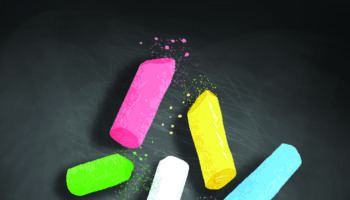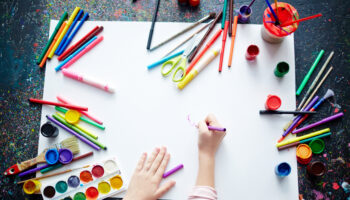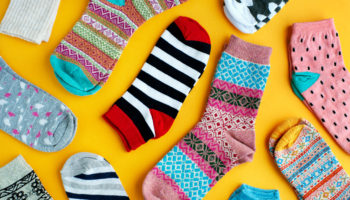Michelle Long
We all know that parents like those cute little pieces of art to hang up on the refrigerator. They are proud of what their child made. While parents may like seeing these projects, it is more important to look at what the child is gaining from that project. What goes through a child’s mind when his/her finished product does not look the same as the example? A feeling of inadequacy because his/hers is not as good as the rest? A feeling of failure to comprehend the directions?
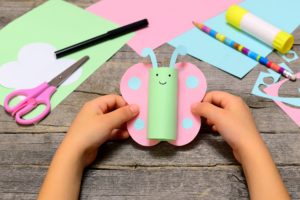
When planning art activities for children stop and ask yourself, “What are we teaching children through these pre-cut, pre-planned outcomes? Does the project inspire the child to think creatively or express him/herself uniquely? Are the children being offered the opportunity to explore and discover the materials set before them?” If the answer to any of these is nothing or no, then you planned a project/product.
When art materials are used, focus on the process or the skills that children are developing and practicing by using the materials rather than on the result. When children explore with the materials, they also have the opportunity to practice fine motor skills used later for writing and self-help. Math skills emerge as children experiment with shapes and size as well as lines and space. Science skills come into play as children discover that red and blue combined creates purple. Most importantly is the opportunity to have a sense of control over the outcome and to use these skills to create something that is uniquely their own and to showcase the way they perceive the world around them.
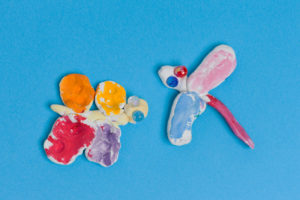
Developmentally Appropriate Practice (DAP) focuses on offering children the ability to utilize art materials for “individual expression” meaning that the children have the opportunity to select either the medium (materials used) or the topic (what is created), if not both! If children are provided with blue paper, glue sticks and some cotton balls and are told to make the clouds in the sky (even if there is no teacher example to look at) this is a project because children were not able to choose the medium or the topic.
Now if the same materials are set out on the table and one child makes a sky, another makes a sheep, another makes cotton candy, and another randomly places the cotton on the paper and does not call his/her creation anything, then these children were at least able to select the topic even though the materials were selected for them.
On the other hand, children may be provided with the topic to create (ex: the sky) but offered a variety of materials (paper, cotton, glue, paint, yarn, crayons, macaroni, stickers, play dough, egg cartons, etc.) from which to choose. One child may select the blue paper and cotton balls to create clouds while another may select colorful yarn to create a rainbow, and another may drip the paint onto the paper as rain or snow. This method offers children the opportunity to express their own personal view of what they think and see in their mind when they hear the word sky.
Best practices take this one step further by offering children the opportunity to select from a variety of materials, as well as the topic created. So on the same day you may see squiggles painted at the easel, snowmen made from play dough, a necklace strung from painted noodles, and a crayon drawing of mommy and a dinosaur. This is OK! This practice allows children to explore the art materials in a way that is meaningful to them and create something that is important to them at that moment. It offers children the opportunity to experience the difference in texture between tempera and water color paints and to see what type of line a smaller brush will make. It allows them the opportunity to figure out through trial and error what is the best tool for flattening the play dough and much, much more! But most importantly it allows children to problem solve, express their unique creativity, and to be and feel successful with the experience.
